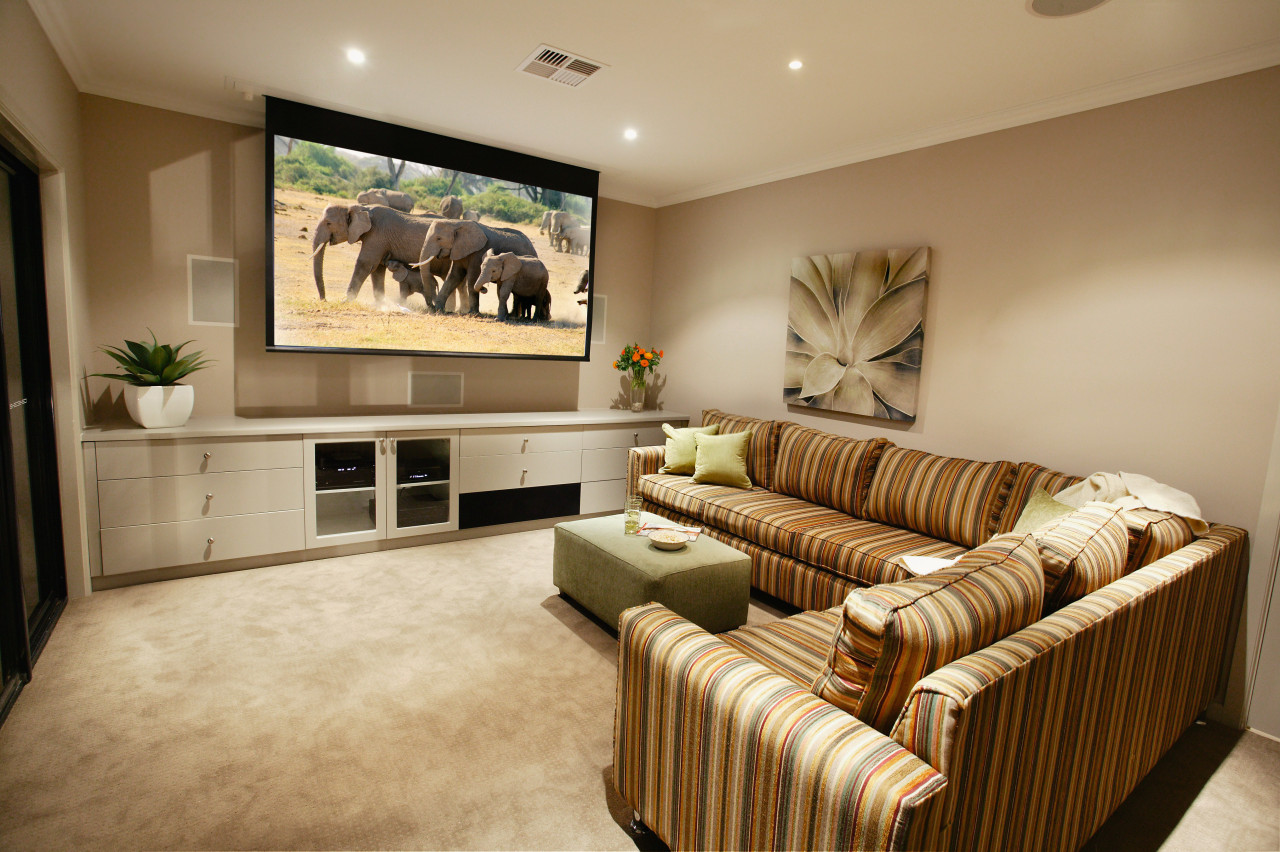Getting smarter
Smart wiring might sound complicated, but by following a few simple rules you can ensure you have all the bases covered

Smart Wiring the practice ofreadying your home for present and future technologies with a structured cabling system continues to flourish in Australia.
However, while people are becoming more familiar with the concept of Smart Wiring, deciding what you need, and how to get it, can be a challenging process, says John Fennell, chief executive of the Copper Development Centre.
"With the recent news that Foxtel has recognised Smart Wiring as an accredited home platform for its service, we expect the number of Smart Wiring installations to rise from 15% to about 25% over the next 18 months," he says.
Accredited Smart Wiring installers around Australia generally offer similar packages. These include combinations of TV and pay TV outlets, as well as phone and data outlets.
More advanced setups may also include cabling for multi-room audio, wiring for CCTV cameras and even garden lighting and sprinkler controls.
"With Smart Wiring, a little bit ofplanning will go a long way. It's always best to start simple, but it's just as important to ensure you lay down the right foundations," says Fennell.
"Considering what you would like now is the best place to start, but it's also important to think about the future and how your living circumstances might change. For example, if you ever need a home office, you can simply plug into an existing phone and network connection."
The next step is to consider how the technology might work in practice.
"If you're renovating an existing home, or building a new home, walk around it and think about where you want the smart features. This not only involves thinking about internet connections, but also about music, speakers, security cameras, and control pads," says Fennell.
During building or renovating is the best time to think about laying foundations for your smart home, as the wiring can cost anywhere from 50% to300% more.
Perhaps the most important rulewhen thinking about Smart Wiring, is to choose an accredited designer and installer, says Fennell.
"It's tough to know what systems make sense for your home until you've actually lived in it. However, an accredited installer will plan for future modifications, laying all the wiring that could possibly be needed and documenting the whole process so that it's easily revisited."
Features predicted to become commonplace in the next five years include Smart Wiring for a fully networked house, which allows access to phone, internet, TV and DVD services in any specified room of your house.
Home theatres with digital TV and surround sound will also become a standard feature, as will multi-zone audio systems with strategically placed speakers located throughout the home.
Improved security systems will link video and intercom systems on the home network, so that occupants will be able to see and communicate with guests through their TV network. Alarm and smoke detection systems, also linked through the home network, will send alerts through to your mobile phone for extra protection.
As prices decrease, Fennell also predicts that home automation systems, with controllable lighting, energy and irrigation systems, will become a feature of the mid-priced home.
For more information, and to find out how to contact an accredited contractor, call 1800 075 060 or visit the website: www.smartwiredhouse.com.au.
Story by: Trendsideas
Home kitchen bathroom commercial design







